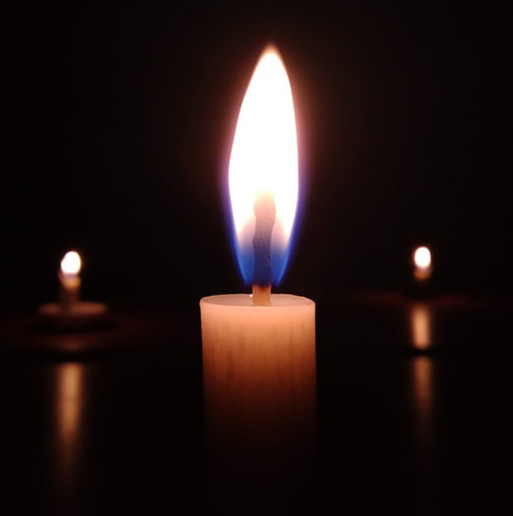National symbols in the Nordic countries
National symbols share an ability to fuse diverse people in a shared feeling of identity. They are as diverse as flags to food, scenery to famous people, and they vary depending on whether they are viewed from inside or outside the Nordics or a specific country. A pressing question today is which national symbols are appropriate for globalised, multicultural, thoroughly modern societies.

The ideological function of national symbols consists in giving a condensed expression to that which is deemed to be unique and valuable about a nation. Always consciously created, often arbitrary, national symbols are attempts to fuse diverse populations into a shared sentiment of loyalty to and love towards the nation. They can also sometimes be very efficient, even if they are usually contested. Nordic examples include:
- The flag is an obvious national symbol, efficient perhaps because of its very emptiness. Since it can signify anything, otherwise very different people can identify with the flag and thereby feel a sense of community with each other.
- Great historical personalities can be national symbols. A poet like Oelenschläger (Denmark), an explorer like Fridtjof Nansen (Norway), a military leader like Mannerheim (Finland) or a scientist like Linnaeus (Sweden) can achieve the position of being a national symbol, uniting at least large segments of the population in shared awe and deep recognition.
- Characteristic scenery can also be transformed into national symbols. This is most obvious in the case of Norway, where fjords and mountains are by many Norwegians perceived as being the unique essence of the country. But the very flat and ‘intimate’ character of Denmark as well, the Finnish lakes, the volcanic wilderness of Iceland and the Swedish geological history of ‘emerging from the Baltic Sea’, are also invoked in textbooks and popular imagery alike.
- Major historical events can become national symbols of freedom or greatness. Some nations celebrate their victories, while others celebrate their defeats. Denmark and Norway belong to the former, Sweden and Finland to the latter. In Denmark, the myth of the Dannebrog (Danish flag) sailing down from the heavens before a decisive medieval battle in the Baltics is a foundation myth; in Norway, the 'spring of freedom' in 1945 quickly became an important national symbol in a country with little previous military history; in Sweden, the defeat of Charles XII at Poltava is perceived as a key event (which led to the downfall of Sweden as a great power), and Finns bitterly remember their civil war in 1918.
- Typical food items can be national symbols, such as sandwiches (smørrebrød) and lager in Denmark; salmon and strawberries in Norway; crayfish and crisp bread (knäckebröd) in Sweden; herring and vodka in Finland; cured shark in Iceland, and so on.
- Buildings or sculptures, moreover, can serve as national symbols, like the Little Mermaid in Copenhagen.
- Even a way of life can sometimes be elevated to the status of a national symbol. Den danske hygge, ‘Danish cosiness’, arguably has this position. Impenetrable to most foreigners, it refers to a particular way of socialising in an intimate group, and has been marketed successfully abroad in the 2010s.
- Popular television personalities and sports heroes can be national symbols, in addition to canonised works of art deemed to embody the national spirit, such as the Finnish national epic Kalevala.
What these symbols have in common is their ability to fuse diverse people in a shared feeling of identity. The question asked today is which national symbols are appropriate for globalised, multicultural, thoroughly modern societies.
The symbols used to unite the population domestically are not necessarily the same as the ones associated with the country abroad. Finnish design, Swedish pornography, Norwegian state churches and Danish pastry, to name a few random examples, function more efficiently abroad than at home. The viking, significantly, does not appear to be an important national symbol in any of the Nordic countries, though it is a staple character in virtually all representations of the region abroad.
Further reading:
- Olaf Aagedal, Brit Marie Hovland and Ånund Brottveit, Slik blir nordmenn norske [How Norwegians become Norwegian] (Oslo: Unipax, 2004).
- Thomas Hylland Eriksen and Richard Jenkins, eds., Flag, Nation and Symbolism in Europe and America (London: Routledge, 2007).